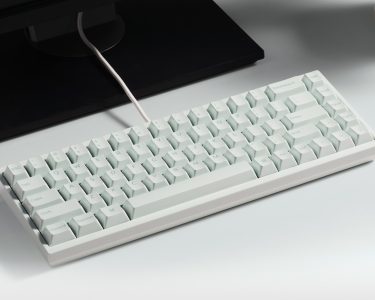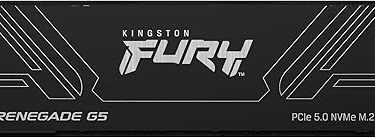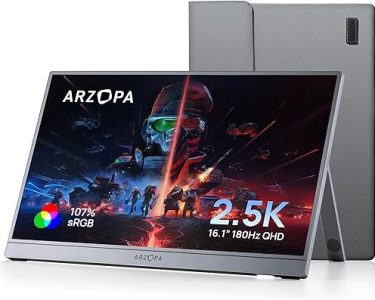SATA: What is it? It connects nearly everything storage-related to your motherboard, to put it briefly. You can be sure that any desktop or laptop you’ve owned in the last fifteen years was hardware that was Serial ATA (SATA) compatible. Up until recently, practically every type of drive—hard disc, solid-state drive, optical drive—used SATA.
However, with the availability of some more recent standards for high-speed drives, that isn’t necessarily the case. However, SATA continues to be a major participant in addition to PCIe and NVMe, particularly in larger-sized HDDs and SSDs.Continue reading as we go into greater detail on what SATA is. Also, don’t forget to check out our guides on SSDs in general and some of the greatest SSDs on the market right now.
Even though a wide range of computer products are referred to as SATA devices, this designation is only applied to those that make use of the SATA interface. Stated differently, the two SATA ports on the disc and the motherboard are used by your PC to connect. SATA comprises two ports: the data connection and the power connector, even though SATA connectors are referred to as single ports or connectors. The first is the shorter, L-shaped, seven-pin connector, and the second is the taller, more extended 15-pin connector.

The bases of each connector’s respective “L” forms are usually facing one another on the drives for which they provide connections. Apart from their length, the wires that attach to them can distinguish them. The SATA power connector extends from its head to numerous, thin, rounded wires of various colours, while the SATA data cable is often composed of solid plastic and expands into a flat, single-band cable.
SATA devices cannot function without both cables, yet they have different functions. The power cable supplies the drive with the initial electricity it needs to function, while the data cable offers a high-speed connection to the rest of the computer, allowing information to be transferred back and forth as needed.




